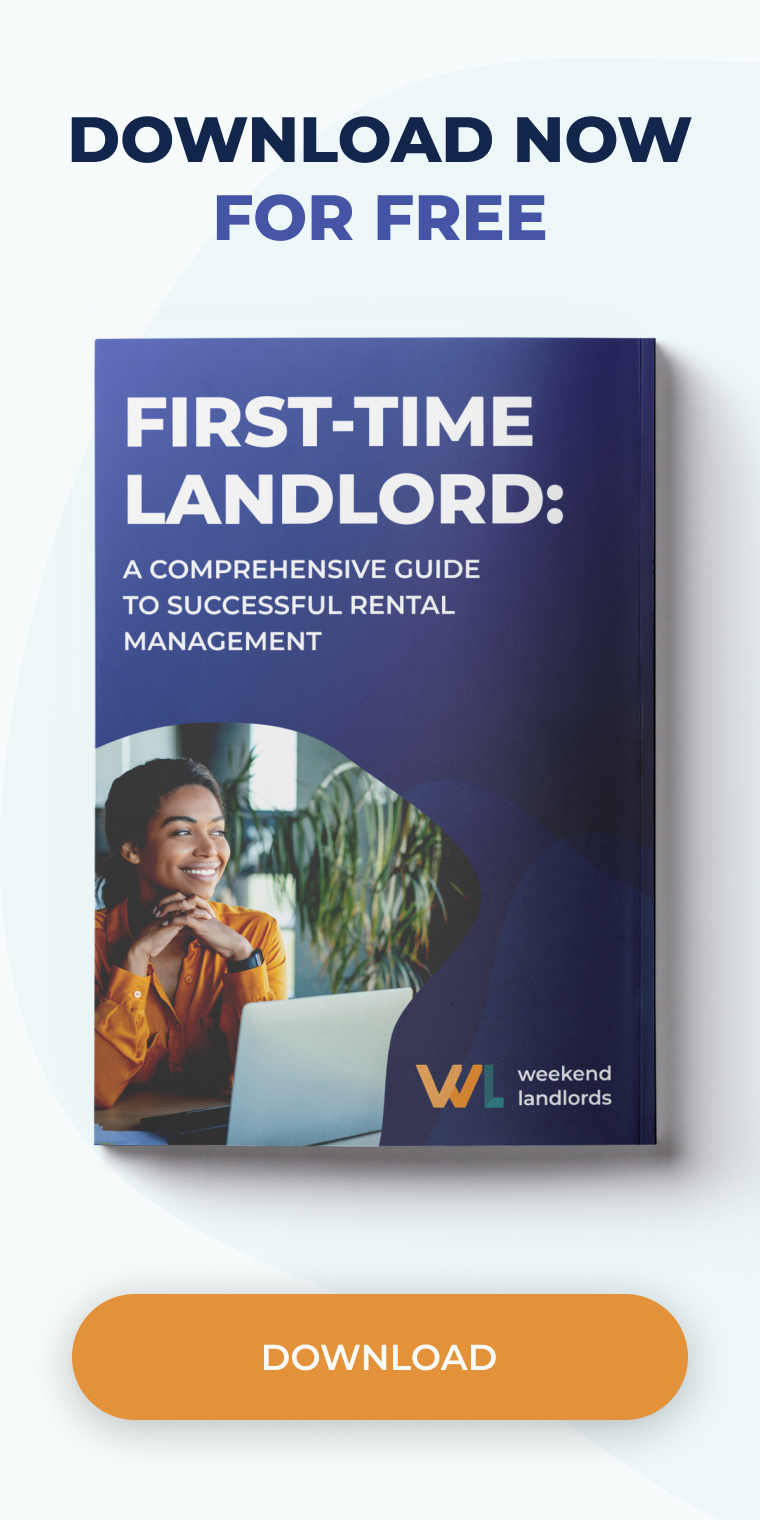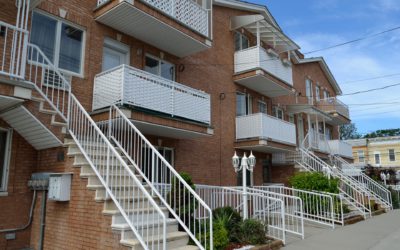Making money on your rental means ensuring it’s full at all times and that your profit margins are right. While winter isn’t the best time for posting rental listings, you can still use the downtime to re-think the way you fill your vacancies.
Whether you’re new to renting your place or you’re just anticipating a tenant moving out soon, the first step is to set the rent price you’re planning on charging. A rental report that compares similar properties around you can help make sure your rent prices are correct. Once you’ve determined that the price is right, it’s time to dig into actually marketing your rental property.
1. Prep your pad:
It may not be necessary to renovate your space before renting, but there are some affordable things you can do to help you get top dollar for your rental. A thorough move-in cleaning and some fresh paint can make a huge difference without costing too much. If this is your first time renting, make sure to take professional-looking photos of the empty space. Bonus for video tours. Renters want to see every room in rental listings, including shared spaces. If you’re planning on posting a listing before the previous tenant has vacated, you have two options. You can either use old photos or schedule a time to come in and take some updated pictures. Keep in mind that most renters won’t love having their private things photographed, so only use this option if it’s your last resort.
2. Create your listing:
No matter where you plan on posting your listing, it’s going to have a few key components. Most renters will want information about pricing, deposits, application fees, square footage, utilities, and pet policies.
Price: Using the price guide we talked about earlier, set your monthly rent price. Your listing should also include deposit amounts (and whether it’s refundable or not). If you’re unsure about how much to charge for a deposit, most landlords recommend one month’s rent as a refundable deposit. However, some state laws dictate a minimum or maximum you can legally require, so do a quick search using this site before you set your deposit amount.
Amenities: Make a list of all the amenities you offer. This could include in-unit laundry, covered parking, included utilities, etc. The more amenities you can think of, the more appealing your rental is.
Special policies: Do you allow pets? Is smoking allowed on the property? Do you require renter’s insurance? Outline all special policies in detail to make sure only the most qualified candidates are applying.
Perks: This is what sets your listing apart. If you plan on running a special offer (i.e. first month of rent free) include that in somewhere prominent in your listing. Even if you don’t have a promotion, you should still explain what makes your rental unique. Some enticing perks for tenants include things like: accepting digital applications, online rent payments to build a tenant’s credit score, or free wifi.
What NOT to put in your listing:
Be aware that getting too specific about requirements in your listing can actually violate Fair Housing Laws. According to the HUD Enforcement Management System, 8,385 housing discrimination complaints were filed in 2016, partially due to biased language in rental listings. In most states, you can’t reference religion, familial or marital status, or sex. That means no listings that say your place would be great for a couple or that you would prefer to rent to a male.
To learn more about the requirements in your state, check out this comprehensive guide to state housing laws.
3. Advertise it:
Where to advertise (for free!):
ILS: Use a free rental listing site like Rentler, TenantCloud, Avail, or Craigslist to help get your listing in front of as many people as possible. One advantage of using online listing sites is that you can automatically collect applications and screen tenants right from your listing. Other perks of using a free rental listing site include the ability to upload videos, manage maintenance requests, and collect rent online. To cross-post on Zillow, Trulia, and more, we recommend using a syndication service that populates your listing across multiple sites.
Social sites: If you use an ILS like Rentler that allows you to create a sharable link, you can quickly post that on any social sites you have set up for your apartment complex or rental property. You can also look for local Facebook groups centered around renting and share your link there.
Yard signs: While it might sound old school, putting a ‘For Rent’ sign up can attract drive-by applicants.
If you are renting government subsidized housing, including Section-8, sites such as Socialserve.com can help you find the right places to post.
Pro tip: Once you start attracting potential tenants, make sure to screen them before renting.






0 Comments